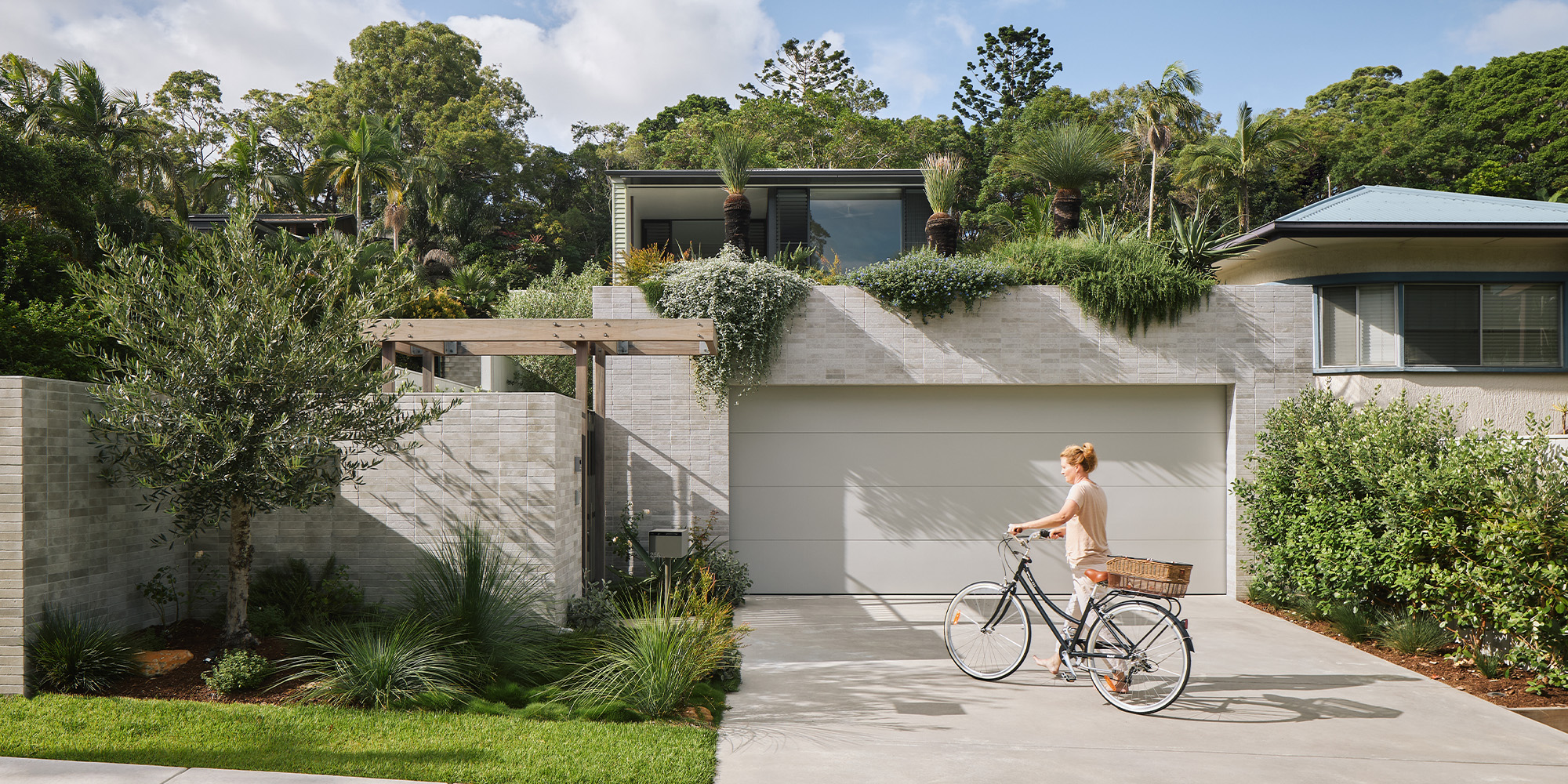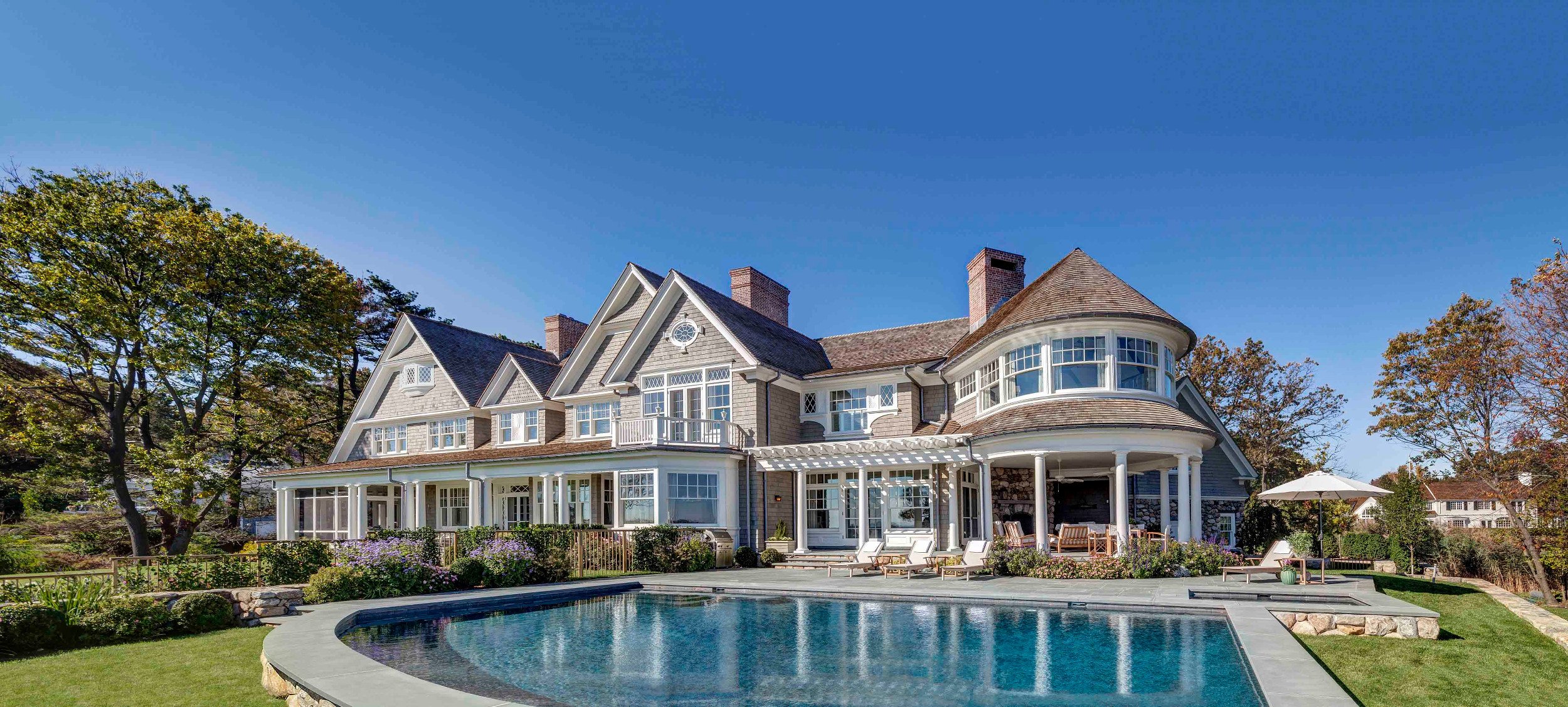Residential Interior Architect: Transforming Your Interior Spaces into Works of Art
Residential Interior Architect: Transforming Your Interior Spaces into Works of Art
Blog Article
Exactly How Residential Architects Create Personalized Homes for every single Lifestyle
The procedure by which domestic engineers style personalized homes is a nuanced interplay of comprehending client requirements and translating those insights right into practical living areas. Through extensive assessments and the usage of layout tools, designers record the significance of their clients' lifestyles, guaranteeing that each home mirrors individual worths and aspirations. This joint approach extends beyond first principles, including innovative innovations and sustainable methods to boost everyday living. As we explore the detailed actions entailed in this transformative process, a deeper appreciation for the architect's duty in shaping one-of-a-kind environments starts to emerge.
Understanding Client Demands

Effective interaction is extremely important in this procedure. Designers must encourage customers to verbalize their lifestyles, family characteristics, and future aspirations, making certain that the design mirrors their special identity. By employing tools such as questionnaires, interviews, and aesthetic surveys, designers can collect useful insights right into the customer's vision.
Furthermore, understanding the context in which a home will certainly exist is essential. Architects need to think about factors such as the site qualities, local environment, and cultural influences that can influence the style. This holistic technique permits the creation of spaces that are not only aesthetically pleasing however likewise practical and lasting.
Eventually, a deep understanding of client needs allows architects to produce customized homes that improve the high quality of life for their passengers, fostering a feeling of belonging and convenience within their living settings.
Layout Process and Collaboration
The design procedure in residential design is a dynamic interplay of imagination and partnership, where engineers, clients, and different stakeholders function closely to bring a vision to life. This repetitive journey normally begins with a collection of conferences to establish a thorough understanding of the client's ambitions, choices, and lifestyle requirements. Throughout these conversations, architects collect necessary info, enabling them to conceive layouts that align with the customer's vision.
Adhering to the first consultations, the layout stage evolves via sketches, 3D versions, and building renderings. This visual communication works as a device for designers to existing concepts, while additionally welcoming client comments, making sure that the last style reverberates with their assumptions. Efficient collaboration with designers, professionals, and indoor designers is vital during this stage, as it guarantees that all functional aspects of the project are flawlessly integrated.

Incorporating Way Of Life Aspects
Including way of life elements into property style is essential for developing rooms that genuinely reverberate with the inhabitants. residential architecture homes. This process begins with understanding the distinct demands, preferences, and day-to-day regimens of the house owners. Architects participate in extensive discussions to reveal how the private or family uses their room, whether for entertaining visitors, going after pastimes, or looking for peaceful resort
Once these understandings are gathered, architects can customize design features that improve day-to-day experiences. For instance, open layout might be designed for households that focus on togetherness, while committed work spaces can be integrated for those that function from home. Outdoor areas, such as yards or patios, can be highlighted for households that appreciate outdoor tasks or amusing.
Furthermore, versatility is a vital consideration; multi-functional areas permit flexibility as way of livings develop over time. Personalized storage space solutions can likewise be incorporated to satisfy specific company needs, ensuring that the home stays functional and clutter-free. Eventually, by thoughtfully weaving way of living elements right into the building material, property engineers develop customized homes that not only satisfy aesthetic wishes however additionally significantly enhance the quality of life for their click here now clients.
Sustainable and Smart Style
Sustainable and wise design progressively plays a critical duty in property design, as property owners seek to minimize their ecological effect while enhancing their living experiences. Designers are currently incorporating green materials, energy-efficient systems, and innovative modern technologies to create homes that not only satisfy visual needs however likewise offer the planet.
Incorporating renewable resource resources, such as solar panels and wind turbines, enables house owners to harness natural deposits, considerably minimizing reliance on traditional power grids. Smart home modern technologies even more boost sustainability by enhancing energy use via automated systems that manage air conditioning, illumination, and heating based upon tenancy and preferences.
Furthermore, using sustainable building materials-- like recovered wood, bamboo, and recycled steel-- promotes a round economic climate, minimizing waste and source consumption. Engineers additionally stress easy layout concepts, guaranteeing homes are oriented for maximum natural light and ventilation, consequently minimizing the demand for fabricated cooling and heating.
Along with environmental benefits, sustainable and clever design adds to the overall convenience and health of residents. By prioritizing indoor air quality and natural environments, architects create spaces that promote well-being, enabling homeowners to flourish attuned to their atmosphere.
Finalizing and Carrying Out Plans
Wrapping up and implementing plans is an important stage in the residential design process, where the vision of a tailored home begins to emerge. This stage includes meticulous attention to information, making sure that every aspect of the style is exactly articulated and prepared for building. residential architecture homes. Architects team up carefully with customers to assess last strategies, resolving any type of final modifications or worries, while making certain that all aspects line up with the house owner's way of living demands
As soon as strategies are settled, engineers prepare extensive building files, consisting of detailed drawings and specs that act as a blueprint for building contractors. These papers outline products, finishes, and installation approaches, providing quality for professionals and subcontractors. In addition, securing needed permits and adhering to regional building ordinance is crucial, as news it ensures conformity and smooth project implementation.
By fostering a collaborative setting, architects can assure that the application lines up with the initial vision. Eventually, this critical stage changes principles right into reality, laying the foundation for a home that reflects the one-of-a-kind way of living and choices of its occupants.
Verdict
In conclusion, residential designers play a critical function in crafting customized homes that original site cater to diverse way of lives. With precise understanding of client requirements, collaborative layout processes, and the combination of way of living elements, engineers ensure that each home mirrors specific choices.
The procedure by which property designers design customized homes is a nuanced interplay of understanding customer needs and converting those insights right into useful living areas. Through thorough appointments and the usage of style tools, architects catch the significance of their customers' lifestyles, ensuring that each home reflects individual worths and aspirations. Architects ought to encourage customers to articulate their way of livings, household characteristics, and future ambitions, making certain that the design reflects their one-of-a-kind identity.The layout process in household architecture is a vibrant interaction of imagination and partnership, where engineers, customers, and numerous stakeholders function carefully to bring a vision to life - residential architecture homes. With meticulous understanding of customer requirements, joint style processes, and the combination of lifestyle components, engineers make certain that each home shows private preferences
Report this page